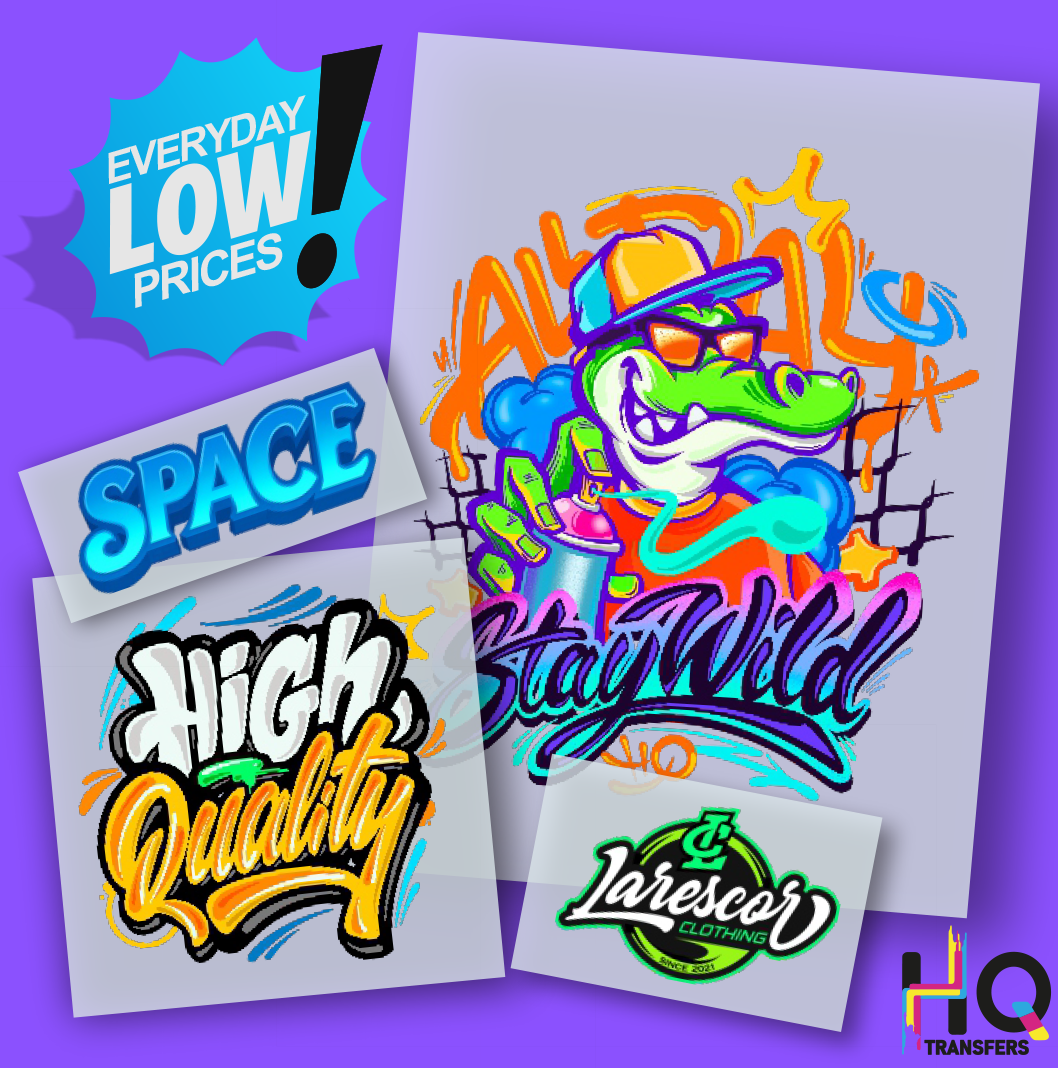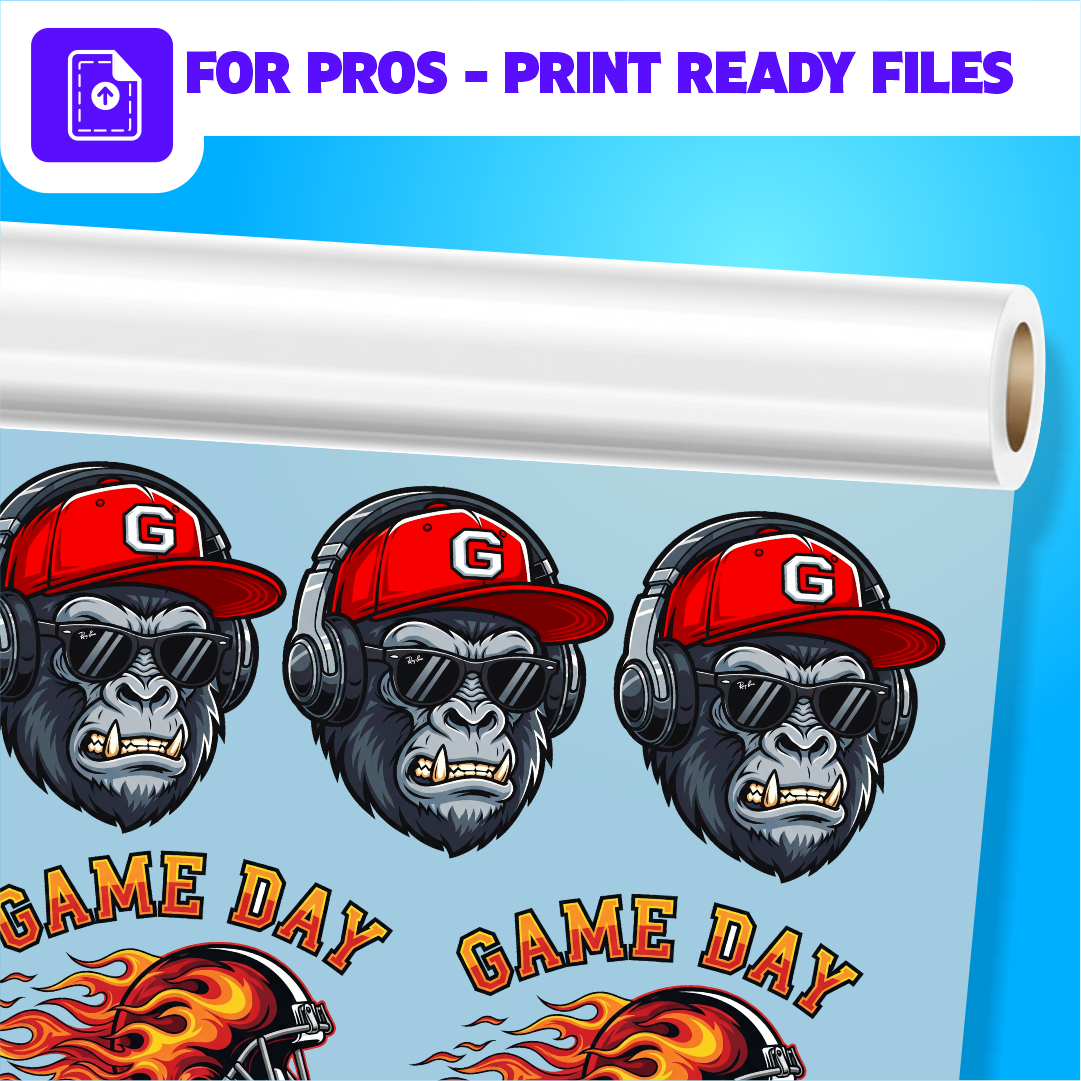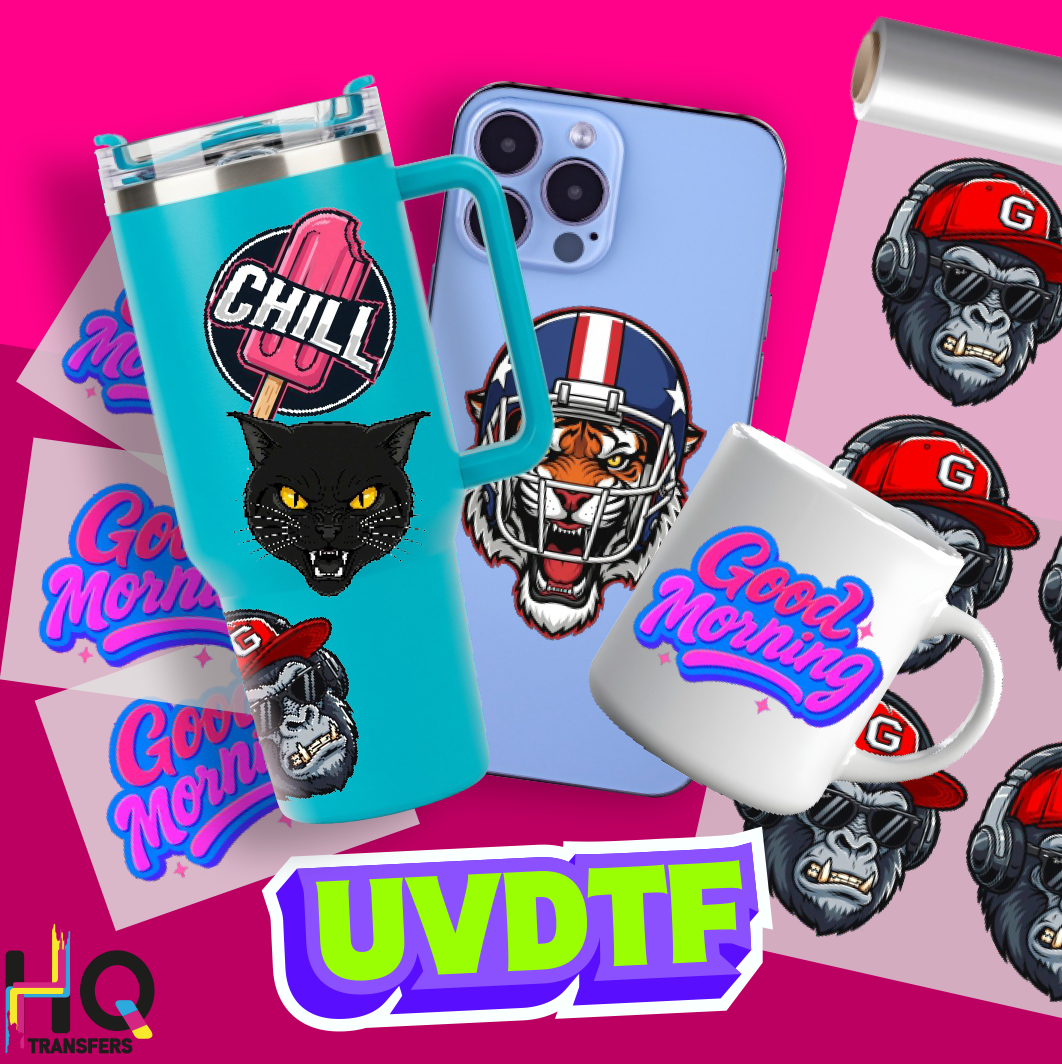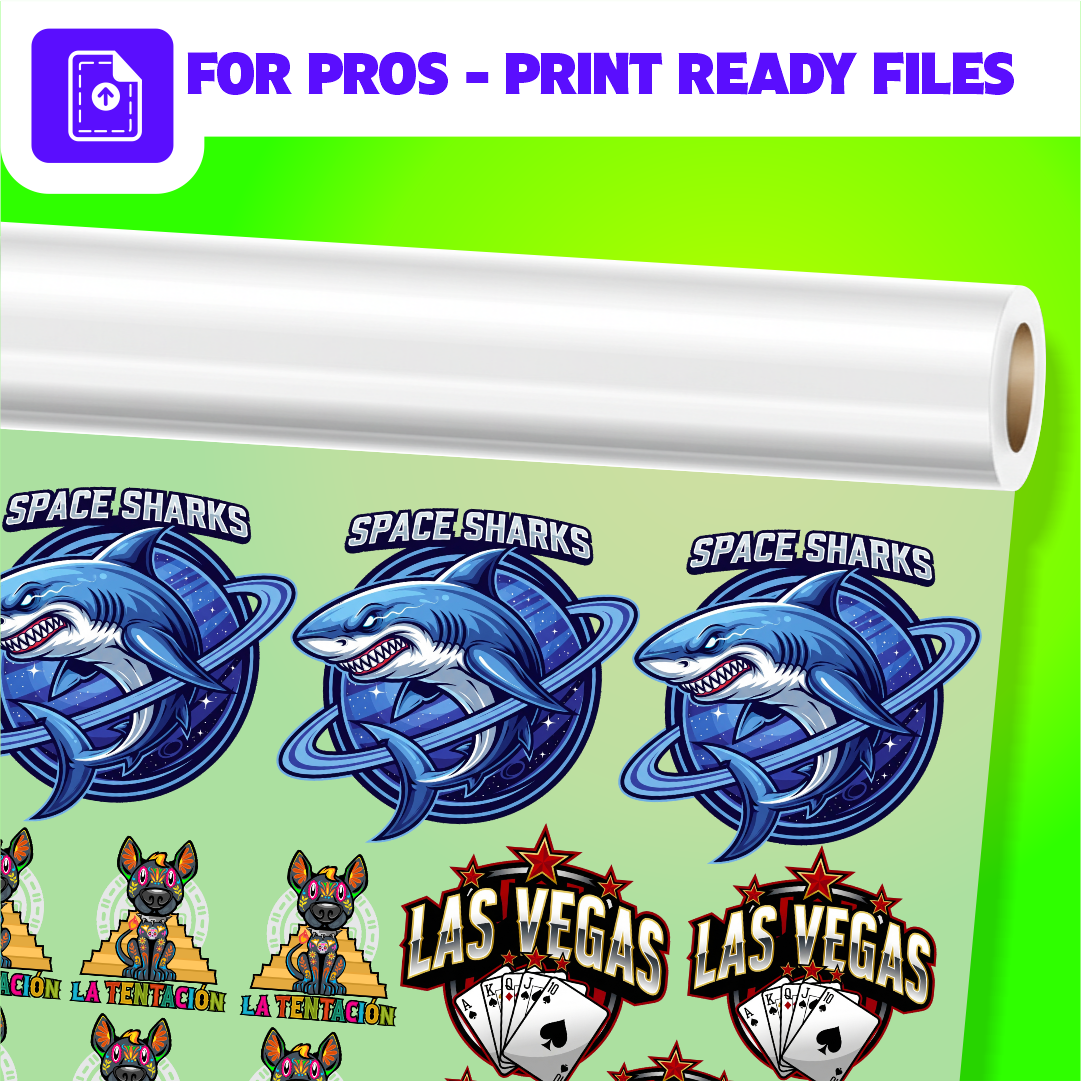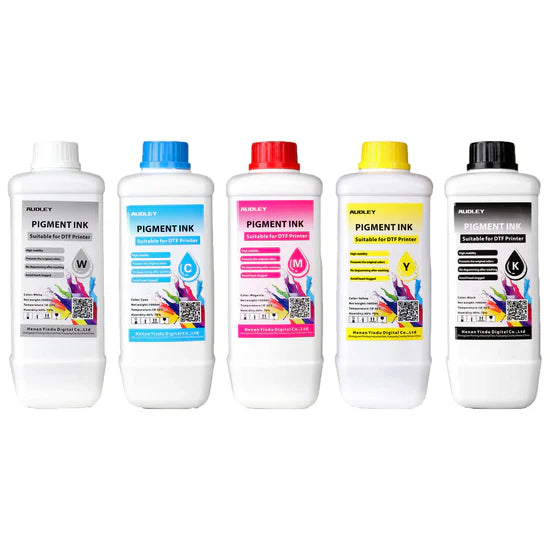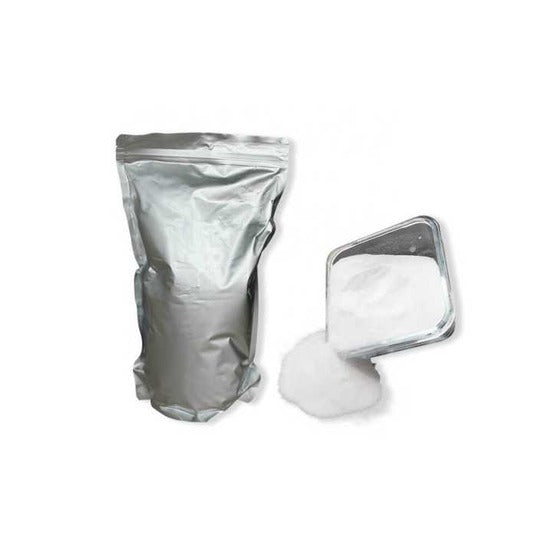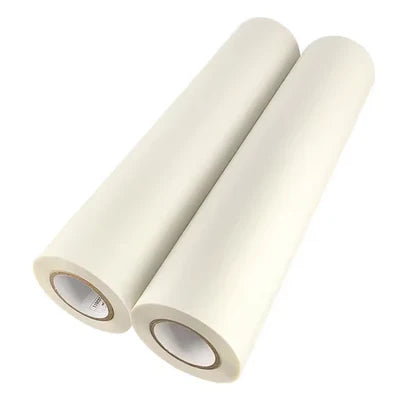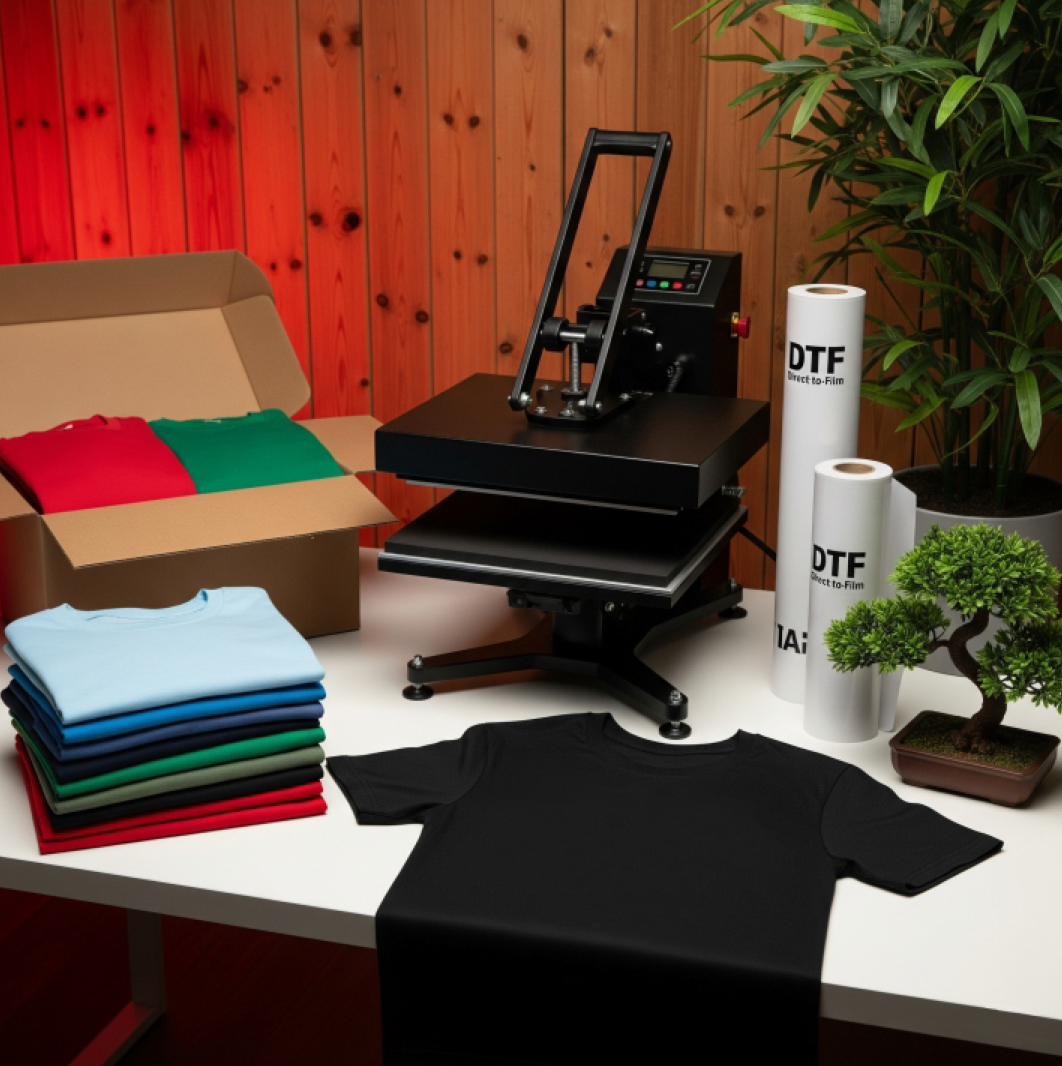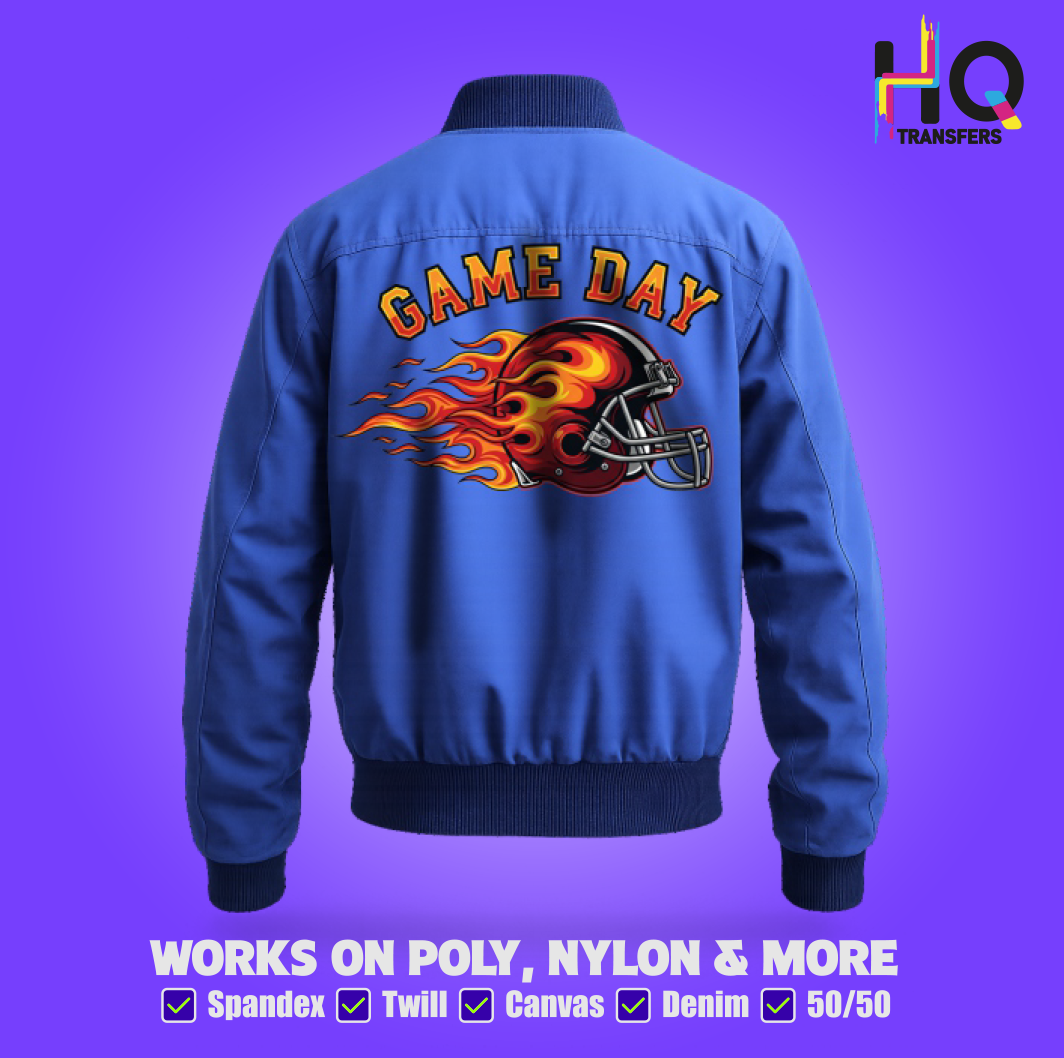When you’re sourcing supplies for custom transfers, it’s not just about price — quality matters greatly. Using high-quality materials truly makes all the difference with print fidelity, durability, and finished product performance-even in the case of standard dtf transfer supply or even UV DTF transfers for hard surfaces.
Why Supply Quality Matters
By the selection of poor-quality raw materials, even the best printing design and heat-press processes may be hampered. Common troubles related to low-quality materials include faded colors, peeling, cracking, adhesion irregularities, and transfers with poor washing ability. Several industry experts state that the use of inferior films or bonding powders tends to make transfers fade in time and for the transfers to become brittle.
Good materials (inks, films, powder adhesives) bring you Fluorescent prints, consistent results, and long-lasting transfers that might be retained through many washing or use cycles.
Key supply components to verify
Here are the main supply categories you should evaluate carefully:
|
Supply component |
What to verify for quality |
|
DTF film / PET film |
Do check for clarity (no haze or distortion), in heat resistance (should not warp under heat press), and in clean peel-off behavior (to peel off hot or cold without ripping the film or leaving adhesive residues). |
|
Inks |
Try to purchase inks classed as high-quality pigment or resin inks, and made especially for DTF. Inks of a lower value are commonly dull in color, inconsistent in their application, and may fade away once washed.. |
|
Adhesive / TPU powder |
The adhesive powder (often thermoplastic polyurethane powder) should melt evenly, bond well to both the film and the substrate, remain flexible after pressing, and not leave a gritty or stiff residue. |
|
Curing / pressing process |
Even with good supplies, improper curing or heat press settings can ruin transfers — under-curing may cause lifting, over-heat or wrong pressure may damage the film or adhesive. |
|
Quality control |
Good suppliers or print shops regularly test supplies for consistency, inspect for defects, control environmental factors (humidity, dust), and reject transfers that don’t meet standards. |
Checklist: how to verify supply quality before buying
Here is a checklist you can follow as a buyer or print shop to evaluate supplies:
1. Visual inspection
- Film: scratches, wrinkles, warping, or haze must not be seen in any good film. It must lay perfectly flat and clean.
- Inspect Powder of Adhesive: it must be very fine, uniform particles, and not clumping with a gritty feel.
- Sample Testing: Print a sample test design, sprinkle the adhesive powder, cure it, and press onto the intended garment or surface. See how it behaves (adhesion, flexibility, wash test).
For UV DTF transfers or UV DTF stickers for hard surfaces like ceramics, plastics, and coated metals, press or cure according to the supplier's instructions and conduct a peel test for any potential adhesion failure.
- Check the technical parameters
- Confirm the heat resistance range of the film (how hot it can get without warping).
Confirm the recommended pressing settings: temperature, pressure, dwell time. Some guides recommend pressing about 300-320 °F on many fabrics for 12-15 seconds.
2. Wash & durability test : Depending on the usage the design can fade, crack, or peel. This fades away at usage, meaning the lower-quality materials can hardly last through just a few washes.
3. Supplier Transparency & Testing : Good suppliers provide testing results, have quality control procedures, and exhibit compliance or specs. They should not be secretive about the materials and processes.
Why Premium Supplies Matter For Your Business
- Better Customer Approval: If high-quality materials go into making a good product, then this makes the product flawless, consistent, and durable, appreciated by the customer who avoids asking for reprints.
- Less Waste: Less inventory results in less wastage, less time lost in idle reworking, opportunity cost, etc., caused by the defective materials.
- Job Reputation: Use that pack premium films/inks/powders, in particular, for solutions of hard-surface transfers or items of high detail.
- Longevity: Really good materials will give your prints (garments, hard surfaces) longevity, be it through washes or usage.
Choosing the Right Supplier for Your DTF Transfer Supply
If you want reliable, premium supplies for prints or transfers, you had better choose a supplier with whom you can build trust:
- Supplies full sets of consumables: film, ink, and adhesive powder.
- Supplies spec sheets and testing results for everything.
- Supports garment transfers and UV-DTF transfers, or UV-DTF stickers for hard surfaces.
- Helps you choose correct parameters or will send you sample packs.
In case you are looking for High Quality Transfers for supplies for DTF or UV-DTF transfers, go through the collection. They carry a big selection of premium supplies-from high-grade film to good-quality inks and adhesive powders-for reproducible results.
How to Buy With Confidence
Here are some tips before placing a bulk order:
- Request or order sample packs first, so you can test the supplies in your own workflow.
- Verify that the film, inks, and powders are compatible with your printer and your intended press conditions.
- If you want to hard surface transfer (like stickers or rigid items) onto certain materials, ensure that those materials are rated for UV or high temperature/curing requirements.
- Compare supplier reviews or ask for proof samples from previous orders.
Conclusion
As regards quality, transfers through DTF supplies should never have to take a lower step. Working with a good film, best inks, or a reliable adhesive powder turns out to be the very foundation that can create transfers filled with beauty and durability. With more technical applications such as UV DTF Transfer on hard materials or making UV DTF Stickers, one has to be even more careful about material selection because sometimes surfaces can prove challenging (hard, coated, non-fabric).
One is forced to check samples, film specs, run tests, and generally sign off on work from trustworthy suppliers to be able to avoid a majority of the problems and produce quality outcomes all the time.
If you want to source good-quality supplies and materials to help your production, check out the range of High Quality Transfers-the good materials for consistent transfers that last.

